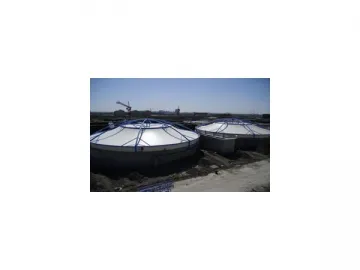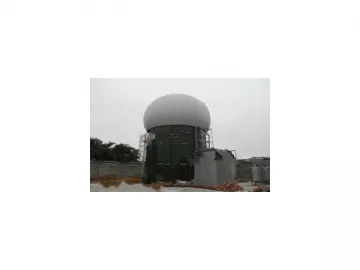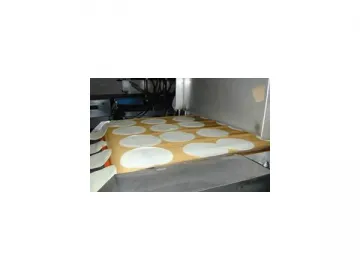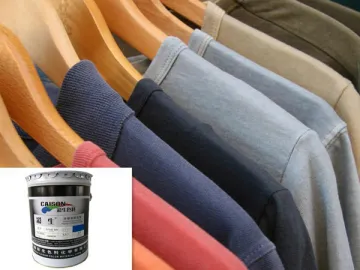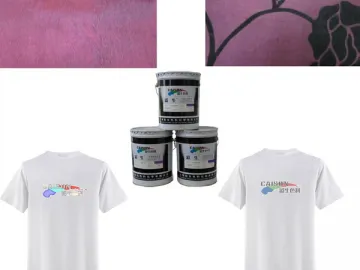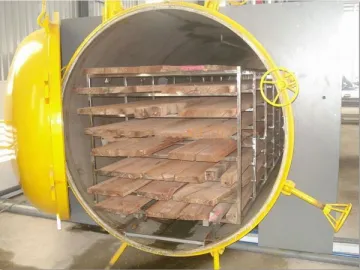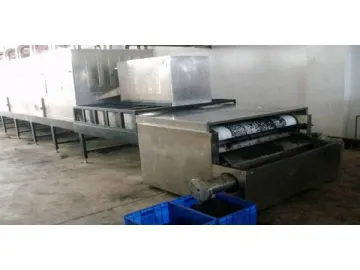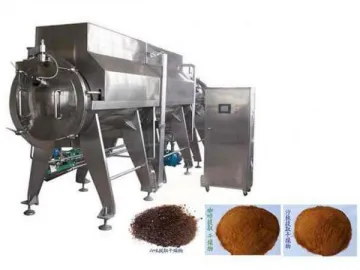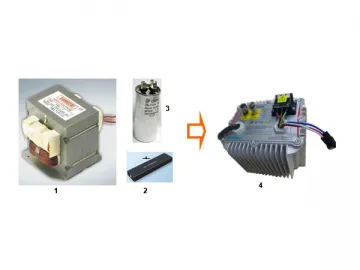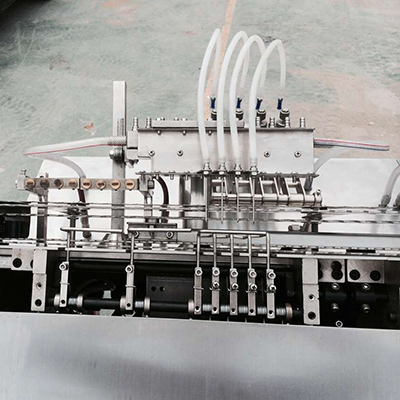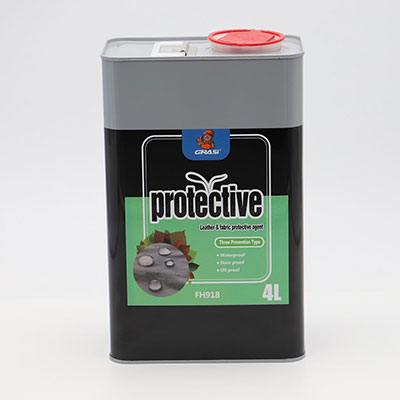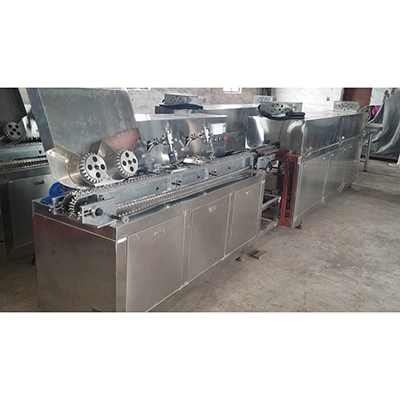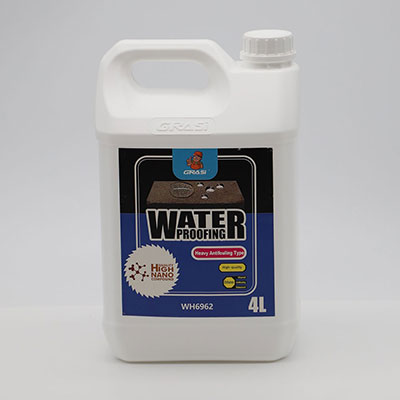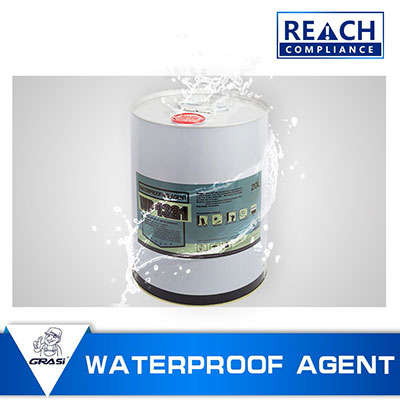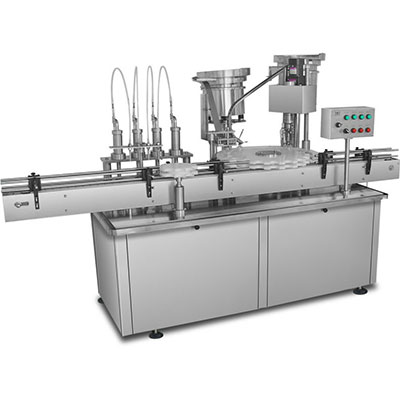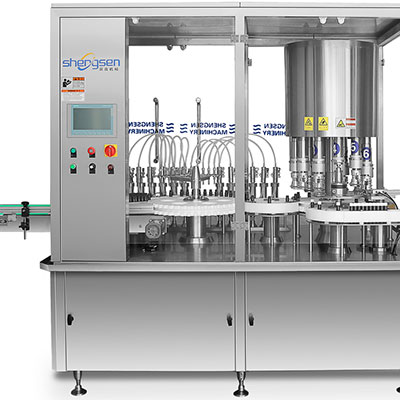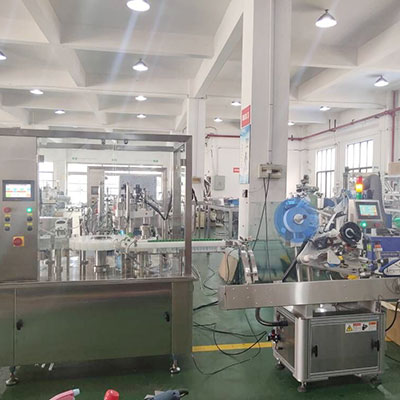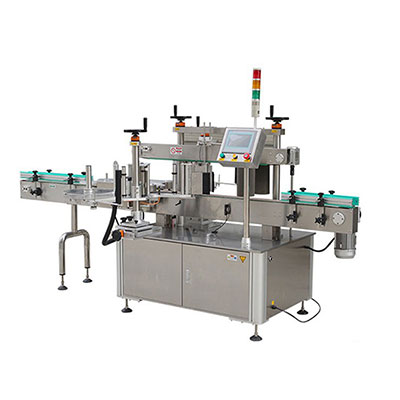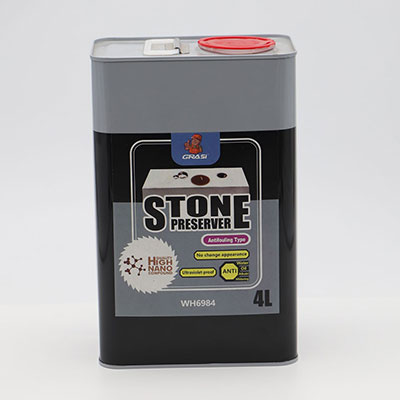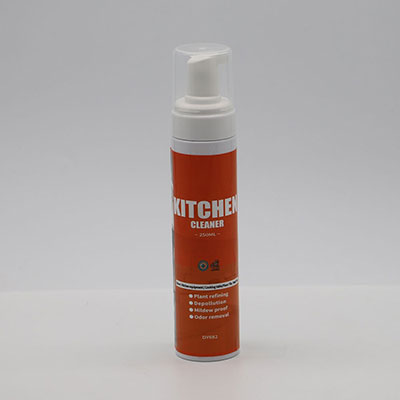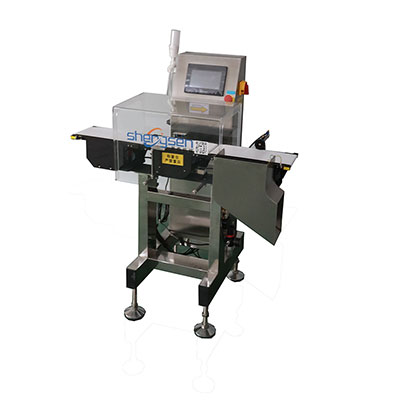Eco-Friendly Thermochromic Pigment Paste
Here is an interesting feature that allows your textiles to change colors in response to changing temperatures around them. The thermochromic quality of our pigment paste allows your printed garment, bed sheet, shoe material, hat, and artificial leather to look more aesthetically appealing.
Also known for its ability to adhere to a wide range of textiles, our thermochromic pigment paste can be used to color cotton, linen, polyester, acrylic fiber and various other blended fabrics.
Color Swatch Card for CTH Series
Good to Know
1. This color-sensitive colorant meets the GB18401-2010 National General Safety Technical Code for Textile Products.
2. Great tinting strength, uniform particle size distribution, and maximum stability are the major benefits of our eco-friendly thermochromic pigment paste.
3. For customers who desire bright colors, they should never miss this out. Presently available are 8 types of colors. Please refer to the color swatch card for more details.
4. The RoHS compliant pigment paste can undergo a reversible change of color when the ambient temperature varies above the minimum level of 31℃
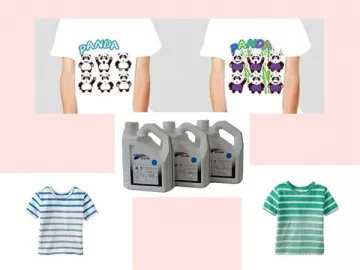
Reference Recipe
The recipes below are offered as a guide only. They are mainly applicable to cotton and polyester.
| Formula | Light Color | Moderate Color | Dark Color |
| Pigment | 0~1% | 1~5% | 5~10% |
| Paste (water-based/glued based) | 100~99% | 99~95% | 95~90% |
Thin (water-based) Printing Paste:
Silkscreen printing with flatbed press, drying (at 100℃ for 3 minutes), baking (at 150℃ for 2 minutes)
Thick (glue-based) Pigment Paste:
Silkscreen printing with flatbed press, baking or blowing hot air on the print surface (at 80℃-100℃), hot pressing (at 130℃-150℃ for 5-15 seconds)
What is said above is a formula for general uses. But it is not useful for every circumstance. Therefore, customers should figure out their specific mixing formula according to individual specifications.
Special Instructions on Color Swatch Card Standards
1. Wash Fastness: GB/T 3921-2008
Rub Fastness: GB/T 3920-2008
Colorfastness (sweat resistance): GB/T 3922-1995
All the above data is measured by Shanghai Printing and Dyeing Technology Research Institute.
Textile Printing Recipe
| Formula | Non-Fluorescent | Fluorescent |
| Thermochromic Pigment | 2% | 20% |
| Binder | 20% | 30% |
| Paste | 77% | 49% |
| Cross Linker | 1% | 1% |
Textile Printing Process:
Silkscreen printing with flatbed press, drying (at 100℃ for 5 minutes ), baking (at 160℃ for 3 minutes)
Textile to be Printed: Cotton poplin (plain weave)
2. Colorfastness (Resistance to Hot Pressing): GB/T 6152-1997
We use either thin or thick printing paste to coat the fabrics. After printing, the hot press is used to flatten the surface. Colorfastness of the print is measured by our own men.
Textile Printing Recipe
| Formula | Non-Fluorescent | Fluorescent |
| Pigment | 0.5% | 5% |
| White Glue | 39.5% | 35% |
| Transparent Paste | 60% | 60% |
Textile Printing Process:
Silkscreen printing with flatbed press, drying (at 100℃ for 3 minutes), hog pressing (at 180℃ for 10 seconds)
Fabrics to be Printed:
Plain weave cotton poplin (water-based printing paste); Cotton-woven fabrics (glue-based printing paste)
Textile Printing Process:
Silkscreen printing with flatbed press, drying with electric dryer (at 100℃ for 2 seconds), hot pressing (at 150℃ for 5 seconds)
Fabrics to be Printed:
Previously dyed cotton-woven fabrics
Links:https://www.globefindpro.com/products/61250.html
